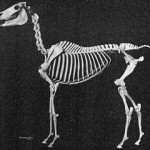
Skeleton of an Arabian Horse *
Horses can make headlines. Even dead ones!
Today, I found an article that is a few months old. It’s about the discovery of the skeletons of two horses and one donkey in California, obviously in ritual burial. Radio carbon dating puts the death of the horses sometime between 1625 and 1705 which is about 50 years before Spaniards created the first missions in California.
And of course, now people are speculating that wild horses never went extinct in the Americas, after all. What if they survived in small pockets?
Now, one horse and one donkey were buried in a ritual position, with the second horse nearby. Excavations were limited because they are on a construction site, so there might be more. Either way, this is an area that has been settled for a LONG time, and by that I mean for several thousand years.
What the article doesn’t say is that the first domesticated horses arrived in mainland Americas in 1519, with the expedition of Hernan Cortéz which ended in the conquest of what is now Mexico City. That’s actually about 100 years before those horses they found in California died at the earliest, and almost 200 years if you take the latest possible date for their death.
Horses can spread out pretty much in 100 years. (Just look at the camels running wild in Australia.) They can be bartered, given away, even run away, go wild and breed on their own. So can donkeys. But since the animals were buried in a special fashion, they certainly were not simply “food”.
Also, any hidden pockets of surviving horses should have been familiar to a population in an area that has been settled for thousands of years. Would you expect to find pockets of surviving moa in New Zealand today, that nobody knew of? Not really, right? They can’t even find a Tasmanian Wolf in Australia anymore, and they only went extinct 80 years ago.
So speculating that horses secretly survived in the wild for several thousand years just because archaeologists find two horse skeletons and one donkey buried in a sacred fashion by humans a mere 50 years before Spaniards settled in California (but at least 100 years after the first modern horses reached the continent) is most probably nonsense. Okham’s Razor applies even here.
It’s much more likely that these horses and one donkey were either part of an expedition or were traded north as valued gifts – rather than surviving in the wild for thousands of years. (I suppose nobody even suspects the donkey of doing so – they are old world animals anyway. So how do you explain the donkey in the graves?)
Yes, it’s almost 3,000 km from Mexico City to Carlsbad, California by car today (I checked on Google Maps). Yet people hike the Appalachian Trail which is even longer (3,500 km). And they don’t take 100 years to do so – some manage it in one season. Remember the Silk Road? It was taking silk and other goods from China to Europe, in Roman times already. It extended over 4,000 km, and was in operation for centuries. And I bet goods didn’t take 100 years to be transported. Even Stone Age people (Neandertals and modern humans) covered huge distances on foot.
It certainly doesn’t seem impossible that someone brought a bunch of horses and donkeys on a journey north to what is now Carlsbad – even if it took a while to get there. It might have taken long enough for the owners to run out of horseshoes, too.
So why would anyone want to use this archaeological find as “proof” that horses did make it through the extinction wave that took out practically all large animals in the Americas after the end of the ice age? (Mammoth, camels, giant sloths, short-faced bears, dire wolves, just to name a few.) Actually, humans are one of the suspected causes for that wave of extinction – very hard to believe for many people who want to see Stone Age Native Americans as icons of ecological thinking and sustainable living.
It might be an argument in favor of the mustangs that are about to be erased from public land – I get that. I’m all in favor of letting the mustangs live out there. We (and I say that even as German) need them there. But twisting archaeological finds for even that purpose is politics, and not science.
Read the article here: Centuries-old bones of horses unearthed in Carlsbad
So what do you think?
(Full disclosure: I studied archaeology for a couple of years but didn’t get a degree.)
*Image source: Wikimedia Commons





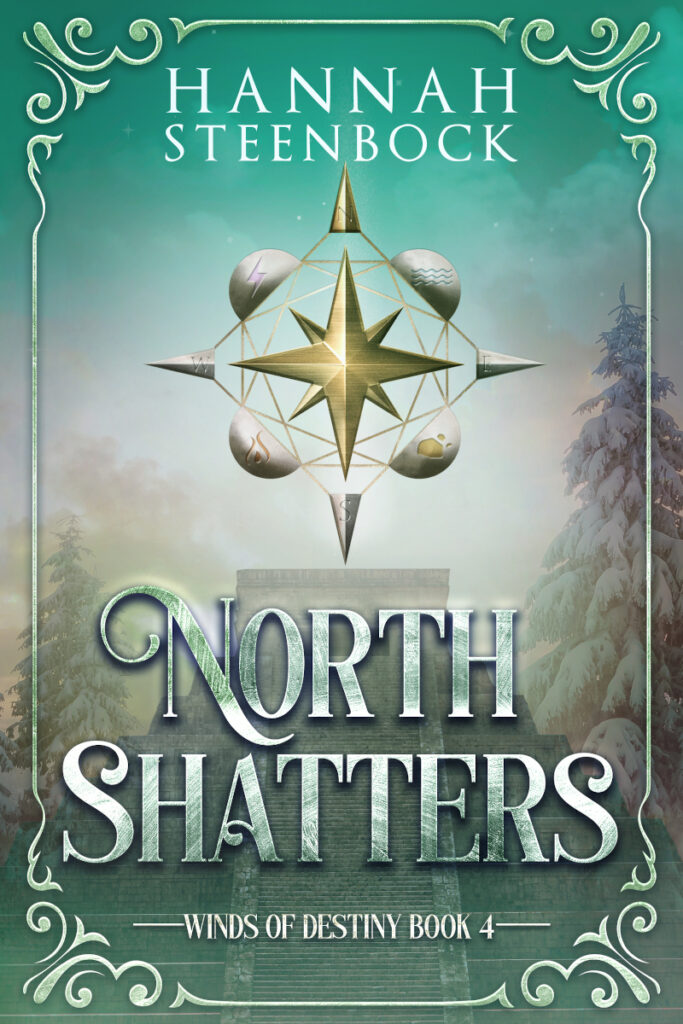
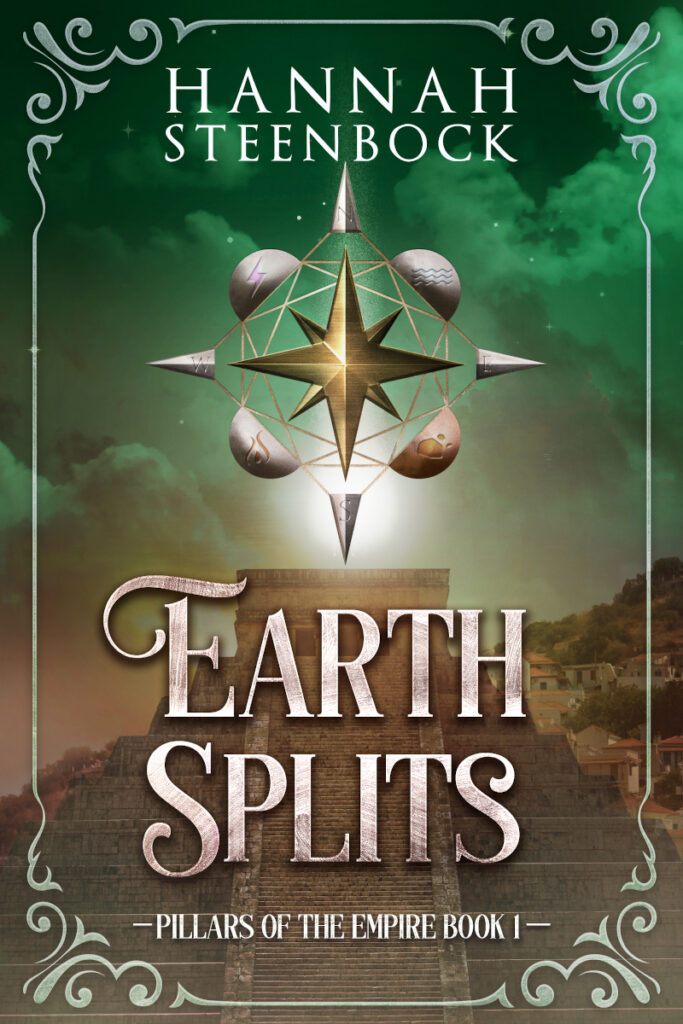











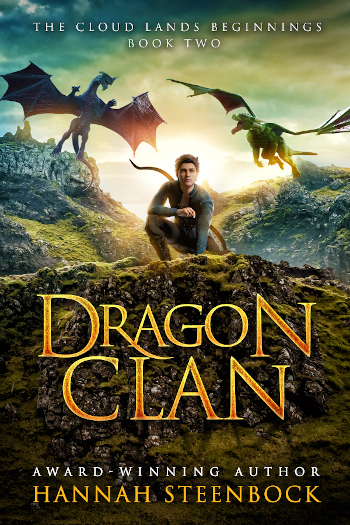





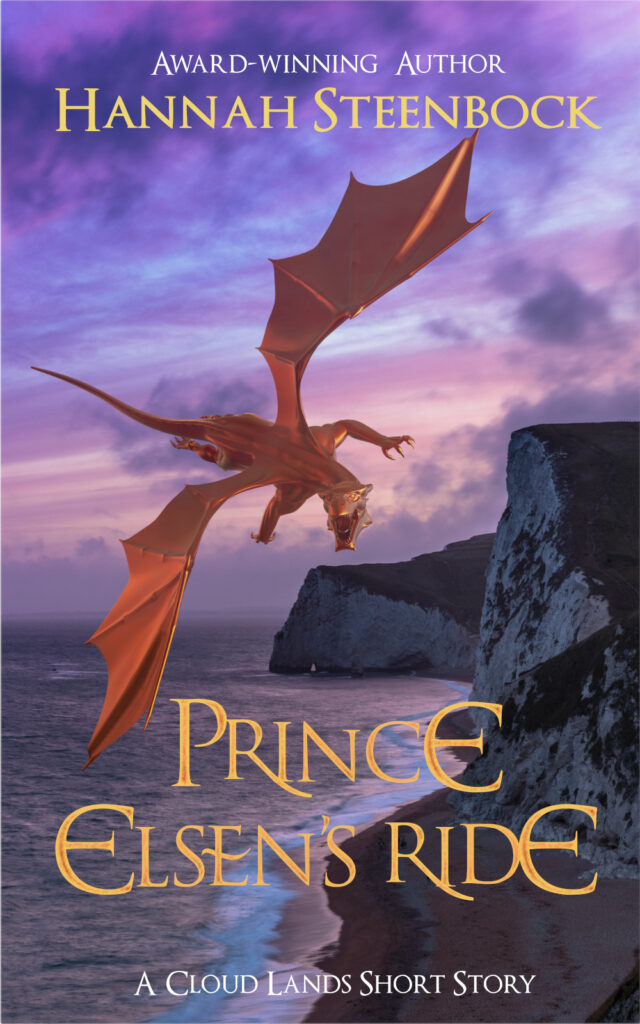
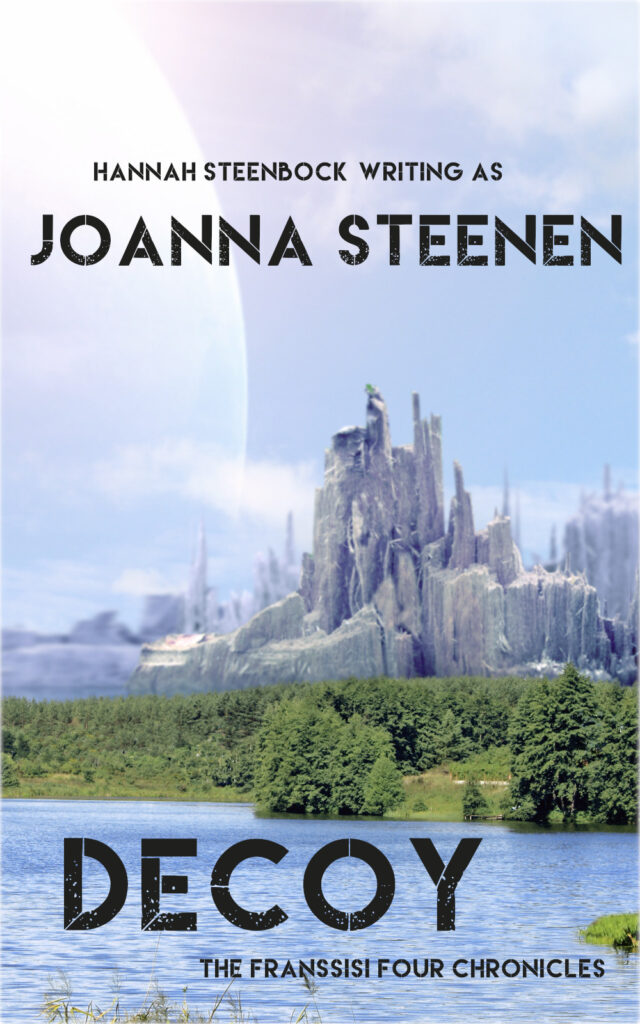







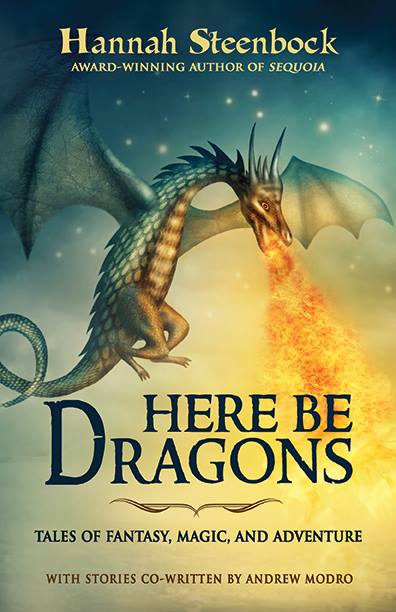
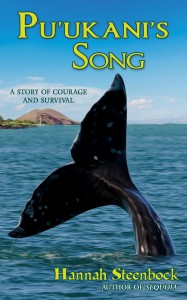
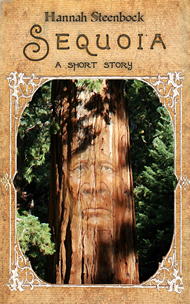



: Australia does not have the high carnivorous predators that the American West has… Wolves, Coyotes, Mountain Lions and Bears.
:Historians and Archaeologist have ‘established’ that human migration was limited to about 1000 miles every hundred years…horses would not have that technological or conscious ability and there is a vast desert between Mexico City and Southern California.
:Hiking and Migrating are two totally different events. Hikers do not have to TAKE all their sustenance with them nor do they have to KILL their food along the way and… horses are not humans.
Remembering the Silk Road: this is an established trade rout with supplies, protection and services along the way, who was protecting the horses from the “lions and tigers and bears, oh no!” to quote Dorothy from Wizard of Oz.
Your Primes is flawed from the beginning because You do not want to accept the possibility of horses in America prier to Columbus or Cortes. (P.S. Cortes reported that there were White/Blond Indians kept as slaves in a walled section of Tenochtitlan (aka Mexico City) He also reported that they had tin and copper and iron in their market places in Tenochtitlan … what does that do with your history?) Check out the Books “America BC” “America before Columbus” also the Mayan connection with Florida and the American South East… Miami is a Mayan source “the name coming from the Mayami Indians.
Your arguments don’t have anything at all to do with my reasoning.
I mentioned Tasmanian Wolves in Australia, yes. That’s a predator that went extict, btw.
What do Indian slaves have to do with potential travel on horseback or with horses 200 years later?
What does the name for Miami have to do with horses buried on the West Coast?
I wasn’t speaking about migration (let alone the natural spreading out of horses) but about someone travelling through an already inhabited area with horses. And yes, they might have traded for provisions. There are riders who have travelled with the same horses through both Americas in a couple of years in our time – much more distance than mentioned in the article.
I wasn’t speaking about predator danger – if humans took the horses, they would have been in as much danger as any rider in a national park today.
You never talked about the burro in the graves which is a decidedly old world animal. Are you postulating a native burro population worshipped by Native Americans as well?
It seems you’re just trying to defend your pet theory – that horses never died out in the Americas along with most of the other megafauna.
Science means looking at all possible explanations and then choosing the one that depends on the least amount of conjecture. Look up Ockham’s Razor, okay?
All I’m saying is that it might have been easily possible for humans to have brought two horses and one burro a managable distance north from where horses had been established 100-200 years earlier. Simplest explanation. And the find of those skeletons just cannot be proof that a native population of horses survived in the Amercas – because there is a much simpler explanation for them.